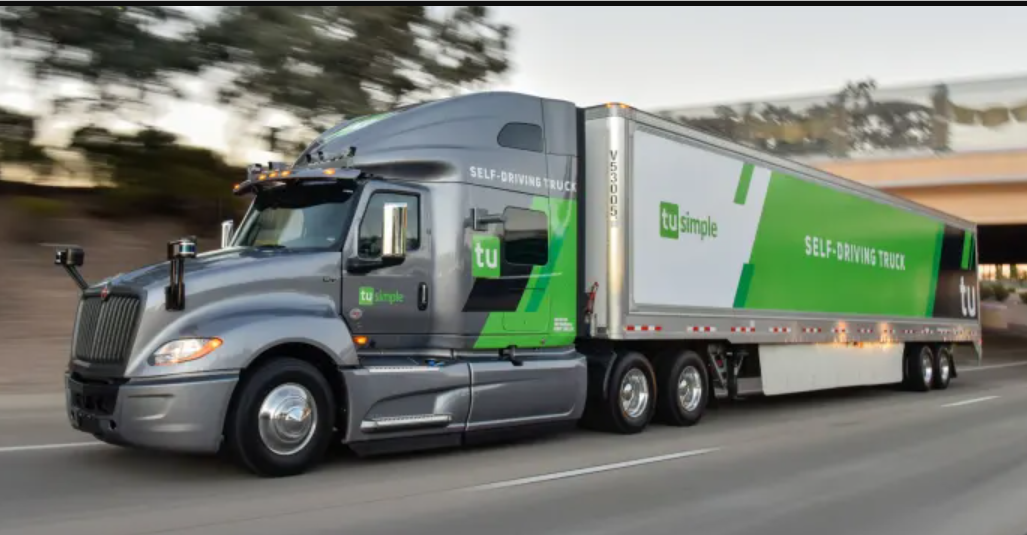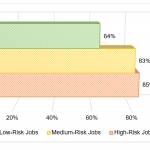 Economic Performance
Economic Performance
Automation in Arizona’s Transportation Sector
May 25, 2022Automation in Arizona’s Transportation Sector
Max Goshert, MPP
Dave Wells, Ph.D.
The authors would like to thank GCI Executive Director Amy Pedotto, GCI Research Analyst Zak Ghali, Pima Community College (PCC) Program Manager Missy Blair, PCC Chancellor Lee Lambert, PCC Vice President of Workforce Development Ian Roark, and League of Innovation President and CEO Rufus Glasper for their contributions to this report.
Executive Summary
The emergence of Arizona as a world leader in the automated vehicle sector provides the state with a unique opportunity to capitalize on the nascent status of the industry through targeted investments, embedding the sector within the regional economy in which it operates. Failure to do so will result in economic hardship in the coming years as automation displaces tens of thousands of transportation sector workers.
Summary of Findings
This report looks at the effect that automation will have on the state’s transportation sector. The key findings of this report include:
- 130,000 of the state’s 242,000 transportation-sector jobs are at a high risk of automation (described in Figure 1), meaning that greater than 70% of the tasks for that occupation have the potential to be automated.
- 85% of those in high-risk jobs have no college degree (described in Figure 2).
- Transportation workers in high-risk jobs have a similar median pay to transportation workers in medium-risk jobs but far lower pay than those in low-risk jobs.
- The lack of a higher education will make it much more difficult for those displaced by automation to find new jobs, placing downward pressure on wages of other low-skill transportation jobs.
Figure 1
Automation Risk for Arizona’s Transportation Jobs
Figure 2
Percentage of Workers in Transportation Sector Jobs with No College Degree
While the effect that the COVID-19 pandemic will have on the development of automation technology is unclear, it will likely not change the broader trajectory of the industry. Though there does exist a degree of uncertainty due to the coronavirus, any negative impact on research and development is likely to be short-term.
The state can transform the potential economic hardship faced by those in high-risk jobs into opportunities for upward mobility by investing in the creation of new career pathways. These pathways can provide those in high-risk jobs with the training and education that they need to move into the present and future high-skill, low-risk jobs resulting from automation.
Summary of Recommendations
A summary of policy recommendations is provided below:
- The Arizona Commerce Authority’s Institute of Automated Mobility (IAM) should consider expanding its mission beyond infrastructure to look at the human capital needs of the transportation sector as it adopts automation technology and should seek involvement from leadership from Arizona’s community college districts and labor unions.
- The legislature should fully fund the state’s community colleges to the amounts that state statute dictates and should make targeted investments to create formal pathway programs.
- The State of Arizona only appropriated $2 million of the statutorily required $10.6 million to Maricopa County Community College District (MCCCD) and Pima County Community College District’s (PCCCD) based on its STEM and Workforce Programs State Aid formula; it additionally does not fund the Operating State Aid formula for these districts.
- MCCCD should consider partnering with one of the many autonomous-vehicle companies to develop programs that could make available training to work with autonomous systems for the 188,000 workers in the county who hold transportation jobs.
- This would be similar to the PCCCD partnership with TuSimple, resulting in their “autonomous vehicle driver and operations specialist” certificate program.

